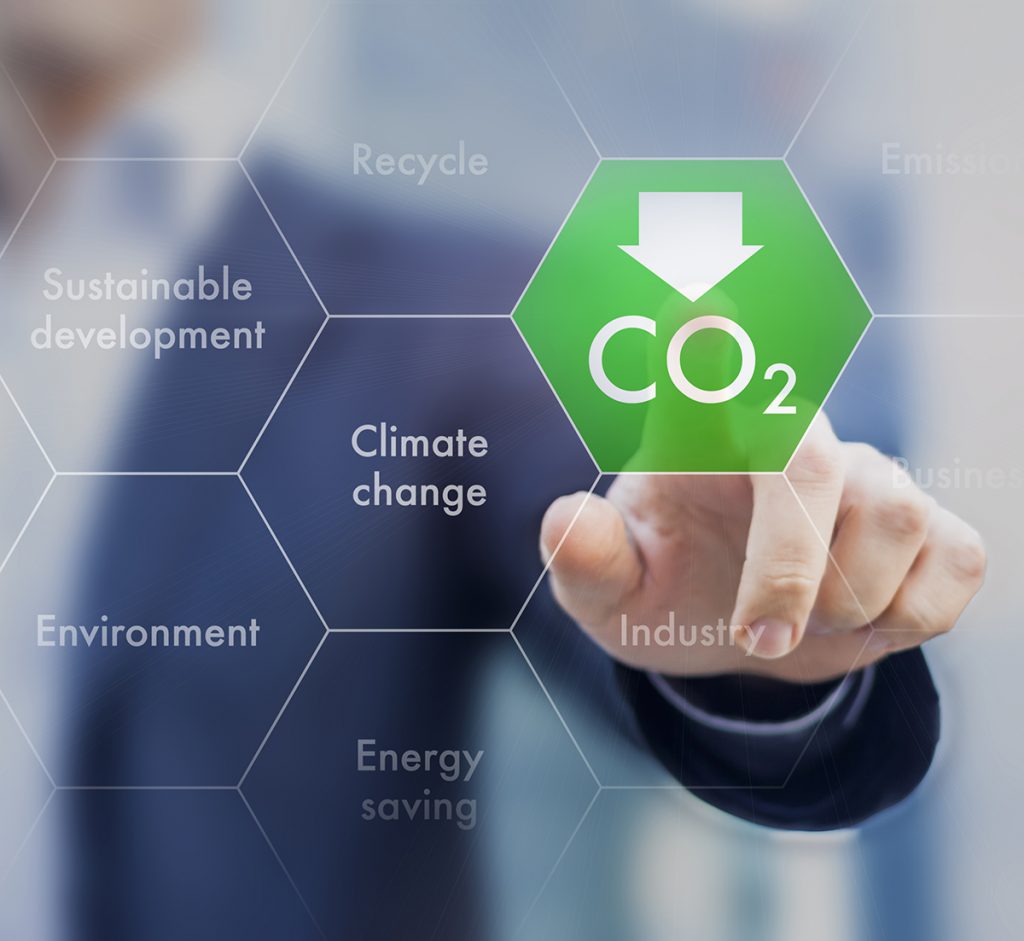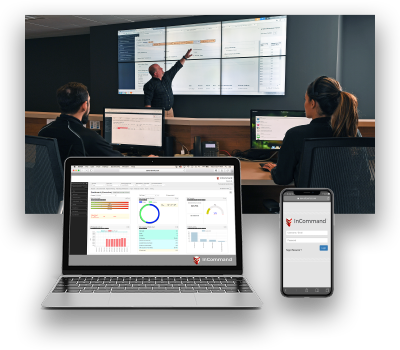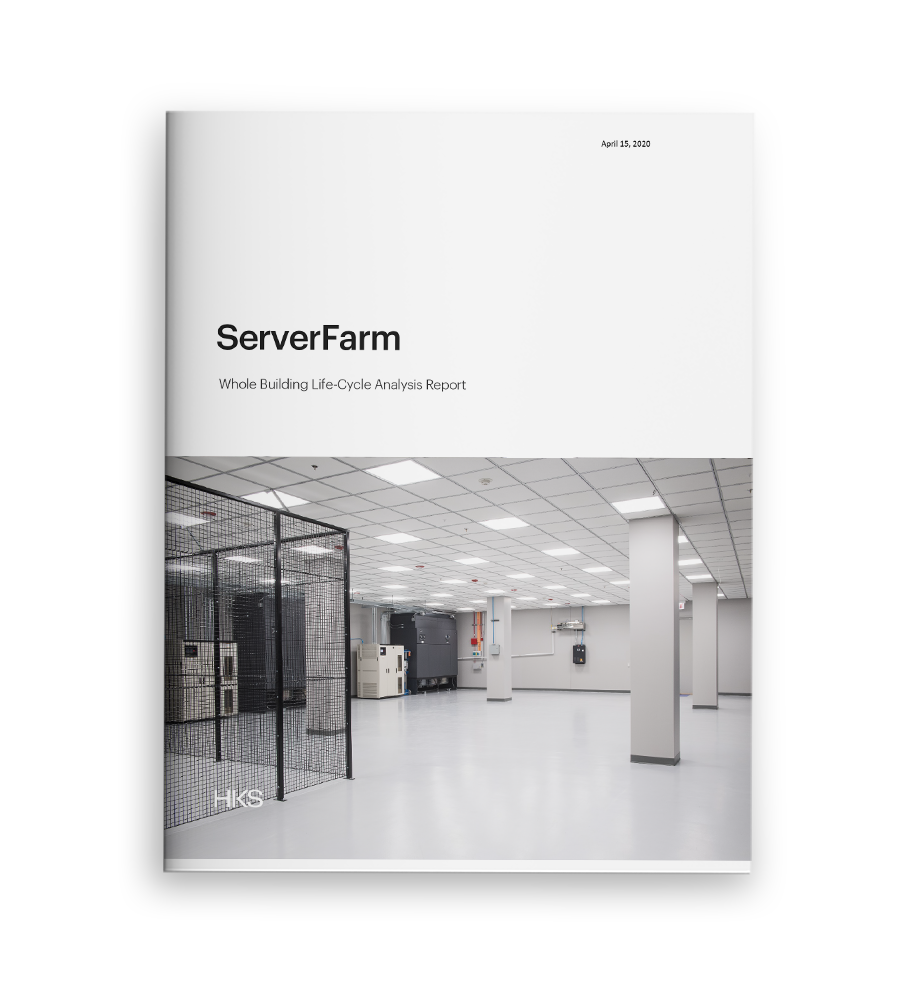Stop knocking down buildings.
BBC recently ran this eye-opening headline covering a Decarbonizing Construction report from the National Engineering Policy Centre – Royal Academy of Engineering. The report sets out four missions to a net zero construction future covering product, design, construction and reuse, and procurement changes.
It seems, even architects, designers and engineers don’t tend to think about embodied carbon. In construction, this may be because, according to the report, ‘the use of steel and cement dominates the construction industry. These materials have high emissions arising from their production and transportation, which are difficult to avoid.’

The report goes on to state, To enable a net zero transformation across the construction industry, a better understanding of the carbon performance of built environment systems is urgently required. The use of data and digital technologies can help the construction sector accomplish this to improve modeling tools, reduce uncertainty and drive efficiency in design, including carbon performance.’
“To enable a net zero transformation across the construction industry, a better understanding of the carbon performance of built environment systems is urgently required.”
A More Sustainable Approach: Modernizing Existing Data Centers
Among its missions, the report points to necessary changes to planning stage considerations of reusing, refurbishing and retrofitting existing buildings, which avoids creating new embodied carbon load.
The report recommends that ‘Government should ensure that building planning and consent stages take better account of the carbon performance…that can be achieved through retrofit options as opposed to building new.’
This applies to and is especially true in the data center space, where much of the enterprise’s need for new capacity can be met without resorting to new buildings.
A more sensible and sustainable approach is the reuse of existing data centers.
Modernizing existing infrastructure provides speed to market, custom design, infrastructure flexibility, alongside hyperscale levels of efficiency and sustainability.
The risks and costs are lower. The embodied carbon cost of new materials is avoided. The life of the existing asset is extended. Power and connectivity are already available. The infrastructure debt is turned into a sustainability credit.
Multiple tiers can be enabled within the same site (ultimate flexibility). Power and cooling infrastructure modernization and upgrades can match or even outperform the efficiency of new builds.
With refurbishment, complete transparency on project costs is standard. Once completed, the enterprise takes possession of a full cloud-optimized operation where every physical aspect of the data center is managed for efficiency and performance.
To determine the embodied carbon cost of data centers, in 2020, Serverfarm asked HKS, an international design firm, to examine the operations of Serverfarm’s Chicago data center using a Whole Building Life-Cycle Analysis.
The facility is a six-story building of just under 150,000 square feet with a capacity for housing more than 4,000 server cabinets. With a rack consumption of 61,320 kWh, the building consumes 25MW of power annually. If such a building were to be constructed today using standard materials, the carbon cost, carbon dioxide equivalent or CO2e, would be 9,425,673kgs. The carbon costs were itemized by material, including concrete, steel, glass, wood, plastics, composites, thermal and moisture protection, openings and glazing, and finishes. The factors analyzed by HKS covered potential for global warming, acidification, eutrophication, smog formation and cost of production in non-renewable energy.
“In many cases options for retrofit may perform better in carbon terms than new build options.”
Data Center Construction Conclusion
Digitization means new data center builds will be required. But new construction is not the only game in town. Speculators will continue to build new data centers to catch the digital wave because, to reuse an old phrase: ‘when you are a hammer, everything looks like a nail.’
The Decarbonizing Construction report says: “In many cases options for retrofit may perform better in carbon terms than new build options. There will also often be added societal benefits and economic opportunities associated with the reuse of facilities. The issue data center operators are facing is that retrofit options are often not properly considered at the scoping and design stage. Taking a systems approach in decision making will help to identify and realize these benefits.
Repurposing, renovating and modernizing your data center is a viable, sustainable alternative to rushing into a new construction project.
Taking a systems approach in decision making will help to identify and realize the available benefits and carbon savings.
Data centers lend themselves to a system approach to reuse and whole of life thinking. By taking something away (aging infrastructure and processes) and then adding to what already exists, enterprises can reduce risk, financial and embodied carbon costs and be more sustainable.






